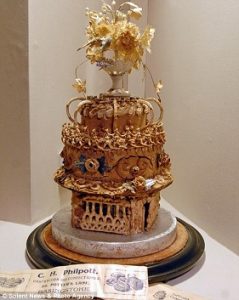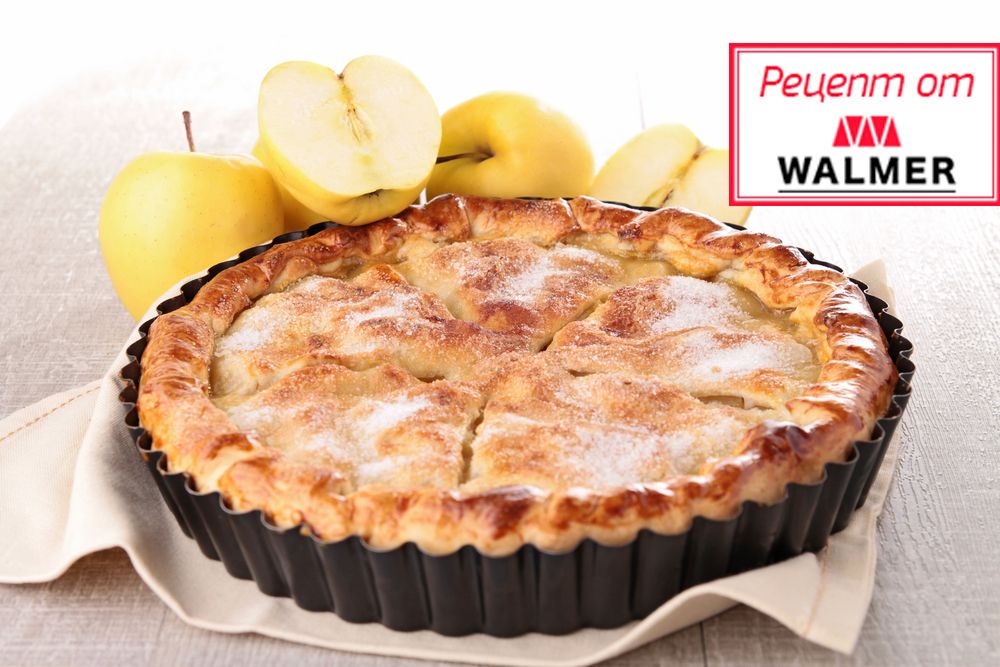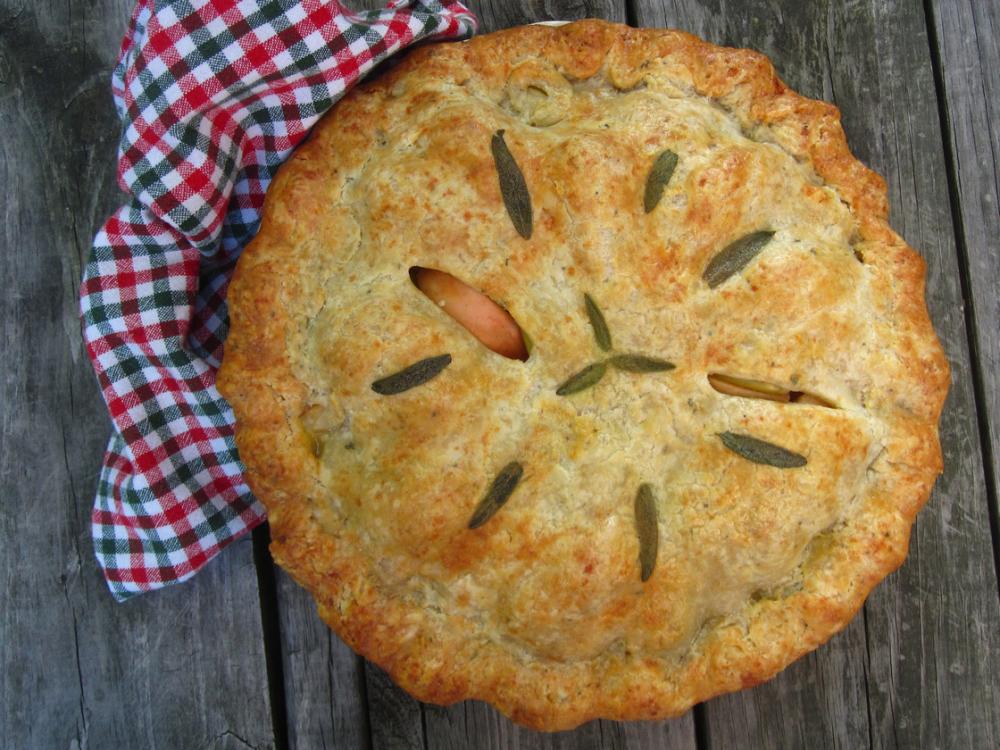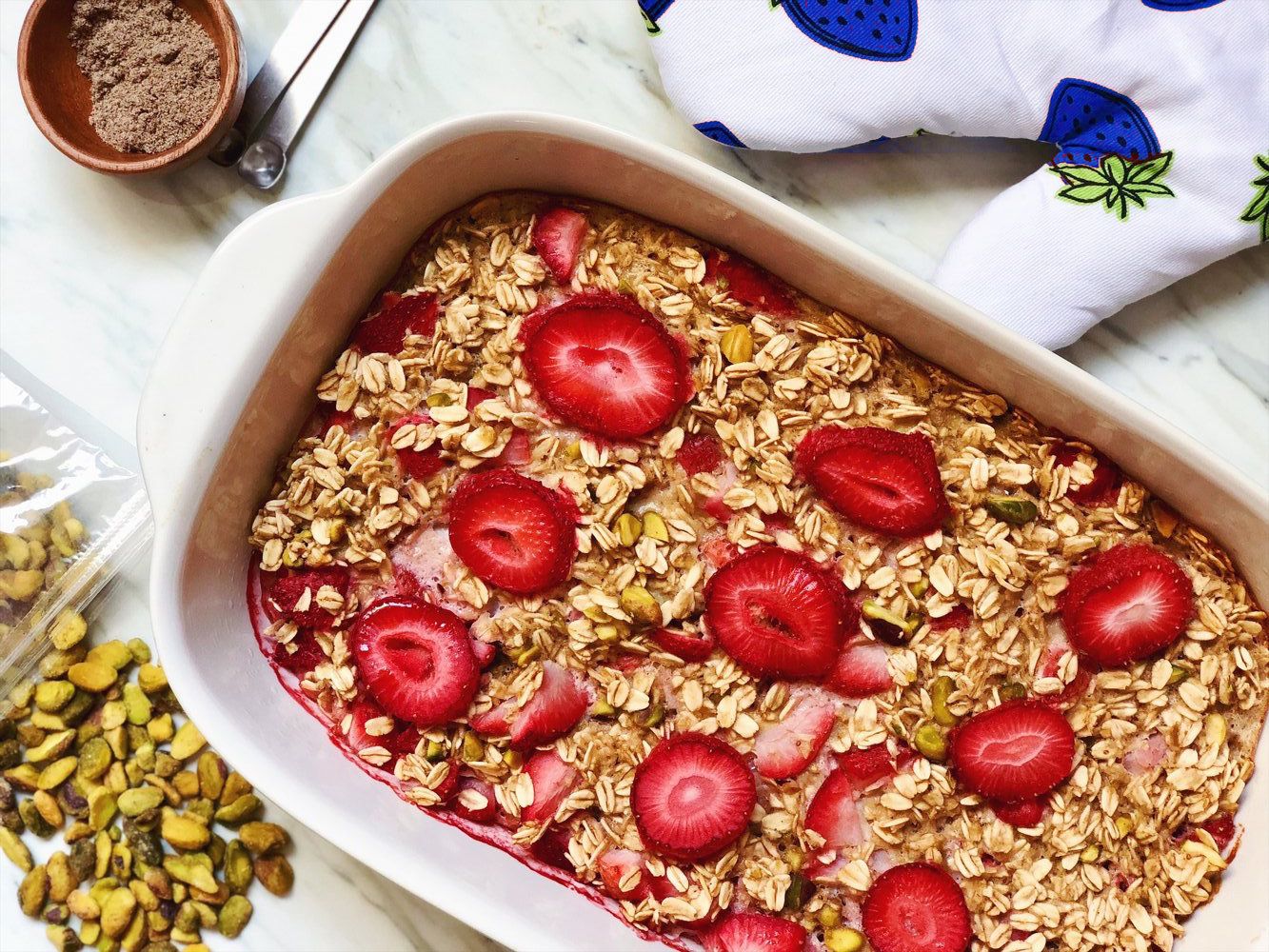Cake and Cake Facts
 Cake and pastries are a sweet dessert whose history is inextricably linked with the history of the cake. The first cakes were very different from what we eat today. They were more like bread, sweetened with honey and often with the addition of nuts and dried fruit.
Cake and pastries are a sweet dessert whose history is inextricably linked with the history of the cake. The first cakes were very different from what we eat today. They were more like bread, sweetened with honey and often with the addition of nuts and dried fruit.
In the Middle Ages, European bakers already knew how to make cupcakes and gingerbread – products that could be stored for several months. According to historians, the forerunners of modern cakes appeared in Europe in the middle of the 17th century. This was primarily due to advances in technology and the availability of access to certain ingredients (such as refined sugar, for example).
A big breakthrough in baking cakes occurred in the middle of the 19th century, since besides yeast other baking powder appeared, such as baking soda. They were more effective as agents for raising the test.
The connection between cakes and birthday celebrations dates back to Roman times. In the 1400s, bakeries in Germany began selling birthday cakes from sweetened dough. During the 17th century, a celebration with a birthday cake took on a modern form.
The tradition to insert into a cake and light candles began in ancient Greece, when people brought cakes decorated with lighted candles to the temple of Artemis. Candles were lit to depict the moon, a popular symbol associated with Artemis. Others believe that the tradition of candles began with the Germans in the 1700s.
Modern wedding cake appeared in several ethnic groups. Perhaps, for the first time, a tradition was born in ancient Rome, where bread was usually broken over the head of a bride, for good luck.
The modern wedding cake that we know now was prepared for the wedding of Prince Leopold, Duke of Albany, in 1882. Cakes with tiers appeared 20 years later.
Wedding cake (or wedding cake) is a constant attribute of any modern wedding. Today, virtually no family celebration or major event is complete without a cake. Festively decorated, the cake is often worth the fabulous money.
The most expensive cake in the world was made for a person living in the United Arab Emirates when he was looking for something unique for his daughter’s birthday. When the cake designer, Debbie Wingham, received an order through a phone call, it changed her life forever. Debbie developed a cake that looked like a runway – a long catwalk (1.8 meters), with defile models, fashionable clothes and accessories that were also edible. Most of the costs accounted for the addition of precious stones, including multi-colored diamonds worth $ 45 million. The price of this cake was $ 75 million. – The cake now has the title of the most expensive cake in the world.
The first mention of pastries can be traced in Amelia Simmons’s cookbook for 1796, when an American woman wrote a recipe for “light cake for baking in small cups”. “Seventy-five recipes for baking, cakes and sweets” for the year 1828, can be found in Elisa Leslie’s cookbook.
Cakes and pastries in the 19th century became a revolutionary product, judging how much time was devoted to them in the kitchen. They became “aerobatics” in the culinary world. According to Google, “recipes for cakes and pastries” is the most requested quick search request among recipes.
The oldest cake in the world is the preserved 2 parts of the cake from the wedding of Queen Victoria and Prince Albert, which they baked in 1840. And the oldest completely untouched cake dates back to 1898, it has a big crack from the bombing of the Second World War.
The highest cake (it is believed that it had a height of 33 m) was made by the Khakashima-Nilasari culinary school at the “Amazing Christmas” event in the city of Senayan, Jakarta, Indonesia – it was exhibited from November 28 to December 8, 2008.




